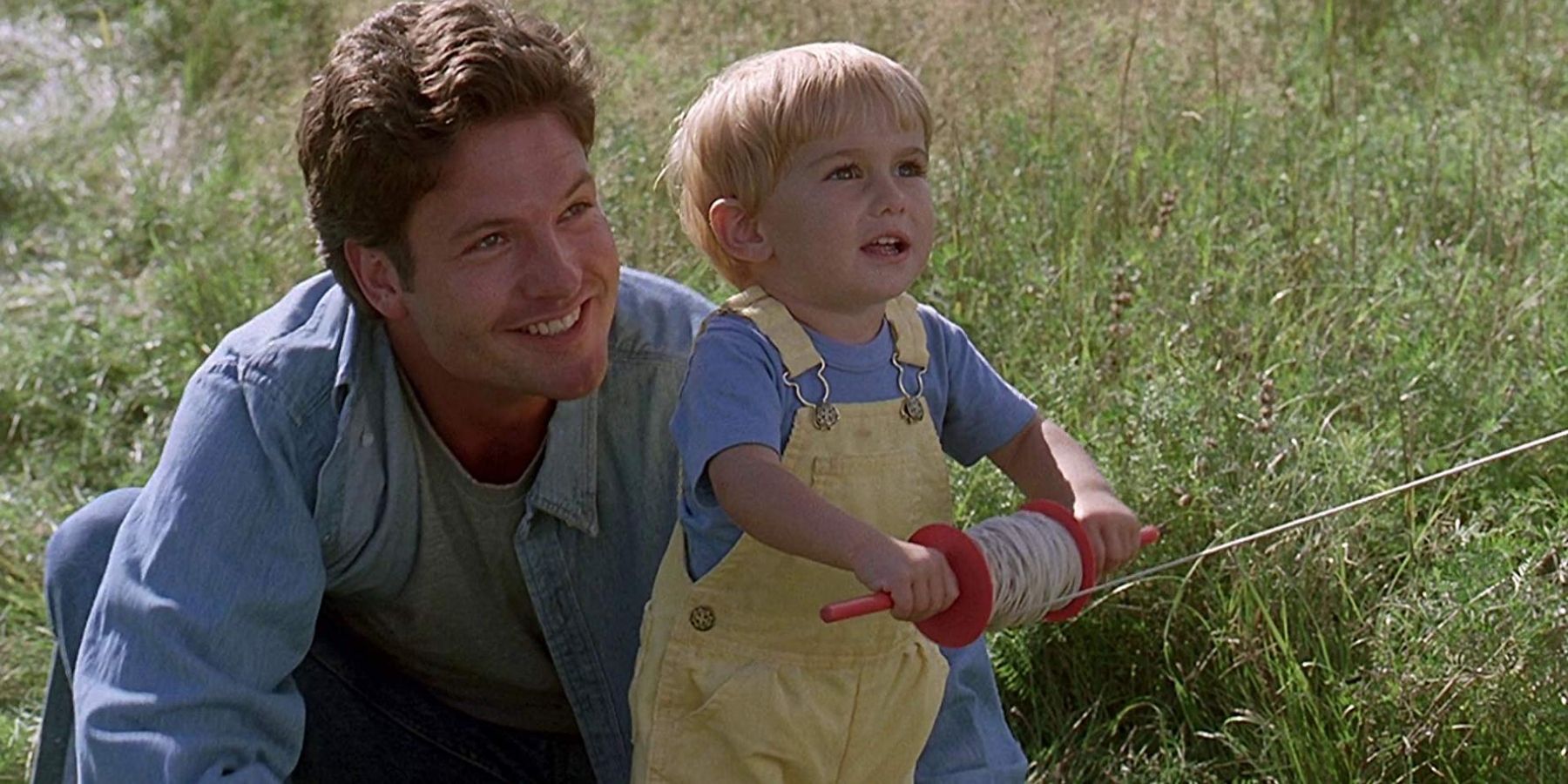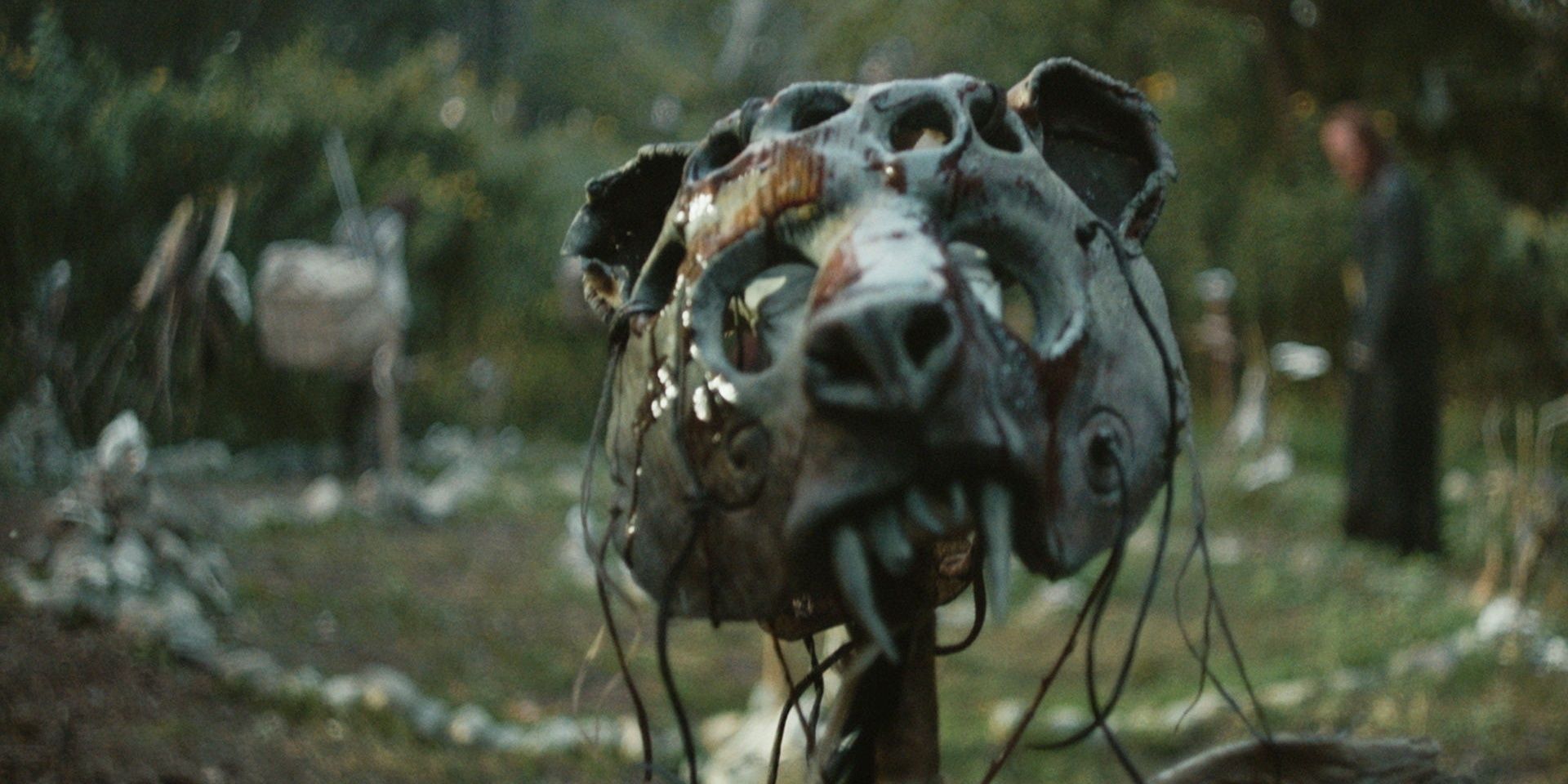Pet Sematary: Bloodlines uses the line, "Sometimes, dead is better." three times. It's one of the first bits of dialogue spoken in the opening narration, then a character says it during an action scene, and it's the penultimate sentence before the credits. That bit of dialogue, made famous by Fred Gwynne in the original 1989 film, is a microcosm of the project. It's a sad, lazy attempt to capitalize on love for a franchise that should have stayed buried.
Stephen King wrote Pet Sematary in the early 1980s. He put it out the year after the first Dark Tower book and the same year as Christine. It's an odd duck among the prolific author's bibliography. It's his fifth-best-selling novel after classics like It and The Shining. It's more famous for its iconography and its premise than its story. The original book holds up well enough, but this reliance on ideas over execution has doomed every adaptation.

Pet Sematary's Ending, Explained
Stephen King's 1983 novel Pet Sematary has two movies from 1989 to 2019, and how do the endings stack up against one another?
The first adaptation of Pet Sematary and its 2019 remake share more than source material. Critics hate them, but audiences love them, guaranteeing a strange reputation and millions of dollars in pure profit. In that spirit, producer Lorenzo di Bonaventura, best known for producing the Transformers movies, green-lit a prequel two years after the remake hit theaters. Directors Kevin Kölsch and Denis Widmyer stepped away immediately, leaving only di Bonaventura and screenwriter Jeff Buhler behind. Buhler's best work is probably the gleefully bizarre Midnight Meat Train from 15 years ago. Since then, he's slapped his name on awful remakes like Jacob's Ladder (2019) and The Grudge (2020). Lindsey Anderson Beer steps in as co-writer and director. It's her directorial debut, and her inexperience shows in every scene. One of the strangest elements of the film is its place on Paramount Plus. The franchise is known for box office success regardless of quality. Perhaps the studio's faith was limited.
Pet Sematary: Bloodlines tells the story of Jud Crandall, usually depicted as the elderly local who warns newcomers about the titular burial ground. The year is 1969, and Jud is a strapping young man preparing to leave Ludlow, Maine. The town has a way of suffocating its residents, trapping them sometimes beyond the grave. Jud has miraculously avoided the draft but plans to join the Peace Core with his girlfriend. His local friends talk about leaving or disappear to Vietnam. When one of his old pals returns, he's a changed man. As Jud tries to leave, he strikes a dog with his car. The animal is unharmed, prompting him to lead it home. The dog wounds his girlfriend, keeping Jud in Ludlow while she recovers. Jud uncovers the nightmarish secret of the town's founding and the ancient evil that lives beneath it.
There are no new ideas in Pet Sematary: Bloodlines. All of its ground has been well-trodden. It's all been done before, not just in other Pet Sematary movies but across the horror genre. There's a germ of an engaging idea in the lengths to which the local parents will go to hide the town's dark secrets, but it's swiftly abandoned. Once the stakes are established, the reanimated corpses start attacking, and it settles into a bog-standard zombie movie. The action is awful, frequently falling closer to Scary Movie than anything particularly threatening. Even the gore fails to draw a reaction. It's not an issue of quantity, as there's enough blood to fill the otherwise uneventful set pieces. Gore seems to be the only goal, but it's unwilling to go gross enough to shock. There's nothing special in Bloodlines' story, letting the sloppy, amateurish execution stand out.
It's the little things that make a horror film worthwhile. For example, Pet Sematary: Bloodlines has some of the worst sound design in a modern feature film. Its splatters, squelches, and snaps sound like they belong in Splatterhouse. The effects aren't anything to write home about. Much of the film takes place in pitch-black darkness with no justifiable light source, so the cinematographer, Benjamin Kirk Nielsen, lets scenes be visually unintelligible. Theoretically, the idea behind Bloodlines would be to broaden the 2019 remake's universe into something that could be marketably franchised. This film doesn't even accomplish that dubious goal. It's a lot of terrible sound and mild fury, signifying nothing, even from the most boring perspective.
At the risk of repeating the sentiments of every other critic, Pet Sematary: Bloodlines should take its own advice. Sometimes, dead is better. Its characters are soulless, thoughtless bodies to be slaughtered. Its scares are toothless and dull. Its story is unoriginal and boring. Even by the staggeringly low standards one must apply to Pet Sematary movies, Bloodlines is a complete waste of time and energy. Here's hoping the talents involved can find a way to dig up their reputation. It's time to bury the franchise in any other cemetery.
Pet Sematary: Bloodlines
Jud Crandall struggles to leave Ludlow, Maine before its dark secrets consume him in this prequel to the 2019 remake of Stephen King's classic.





